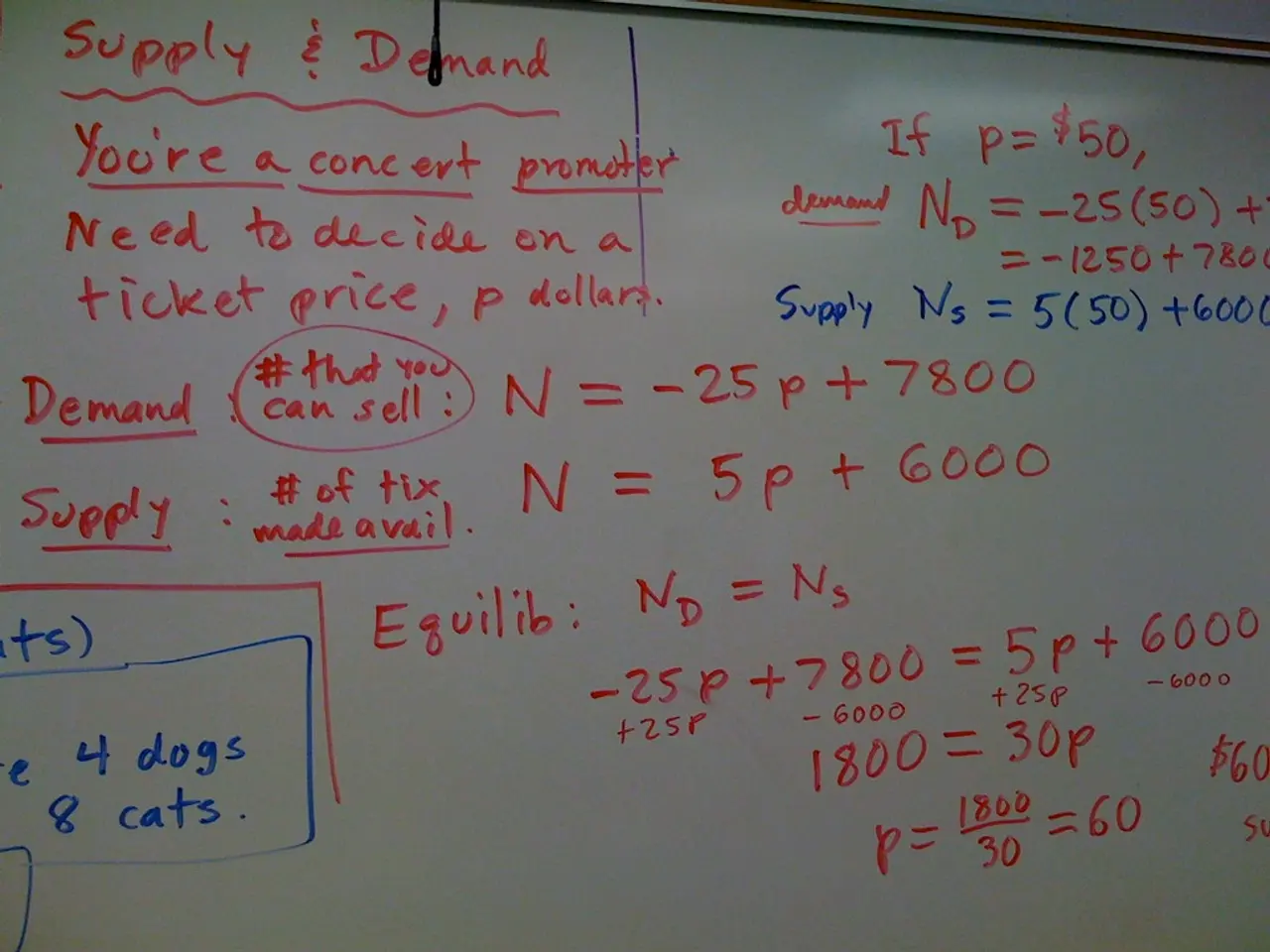Showdown between Claude and ChatGPT: Highlighting their strengths and selecting the ideal choice
In the rapidly evolving world of artificial intelligence, two standout names have emerged: OpenAI's ChatGPT (GPT-4o) and Anthropic's Claude 4. Both AI models offer unique strengths, making them suitable for different tasks and user preferences.
ChatGPT, OpenAI's flagship model, excels in multimodal capabilities. It can process and generate text, images, audio, and even video frames natively, making it a versatile choice for creative workflows. This multimodal prowess is complemented by its strong reasoning abilities, enhanced by plugins, file uploads, and its new Agent feature, which enables web browsing, task execution, and workflow automation across apps.
ChatGPT is widely available, with versions accessible on the web, iOS, and Android, and it is tightly integrated with Microsoft's ecosystem, including Bing, Word, Excel, and other Office apps. It also offers conversational memory settings, allowing personalised recall of preferences and user data, and supports a broad set of integrations, including custom GPTs, an extensive plugin ecosystem, and Microsoft Copilot.
On the other hand, Claude 4, developed by Anthropic, prioritises extremely large context capacity for lengthy or complex text handling, strong reasoning suited to professional workflows, and safety and reliability in interaction. While it does not generate images or audio by itself, it offers flexible API and enterprise integrations with major cloud platforms and developer tools, making it suitable for agentic systems and technical enterprise solutions.
Claude 4 is released in two versions: Claude Sonnet 4 and Claude Opus 4. The former is a free, general-purpose model for everyday use, while the latter is a premium model for deep reasoning, advanced coding tasks, and large-scale context handling. Claude Sonnet 4 is known for its natural, thoughtful tone and clear explanations, making it ideal for users who prioritise clarity, warmth, and coherence in writing, editing, and reasoning.
The new ChatGPT Agent feature (currently in early access) allows it to take real action on your behalf within a secure sandboxed environment. Meanwhile, Claude Opus is built for high-stakes reasoning tasks and delivers top-tier performance for technical, legal, and academic work.
In conclusion, ChatGPT, with its multimodal capabilities and Agent feature, is more versatile for creative workflows and multimodal tasks. Claude 4, however, is favoured for tasks requiring in-depth reasoning, large context comprehension, and specialized enterprise integrations. Its 200,000-token context window makes it the better choice for handling long inputs like research papers or legal contracts. Both models offer unique strengths and are poised to revolutionise the AI landscape in their respective domains.
Technology is a crucial aspect that sets ChatGPT apart, as it offers multimodal capabilities, enabling it to process and generate various types of data such as text, images, audio, and video. On the other hand, Claude 4 prioritizes technology through its extensive large context capacity for professional workflows and flexible API, making it suitable for agentic systems and technical enterprise solutions.




